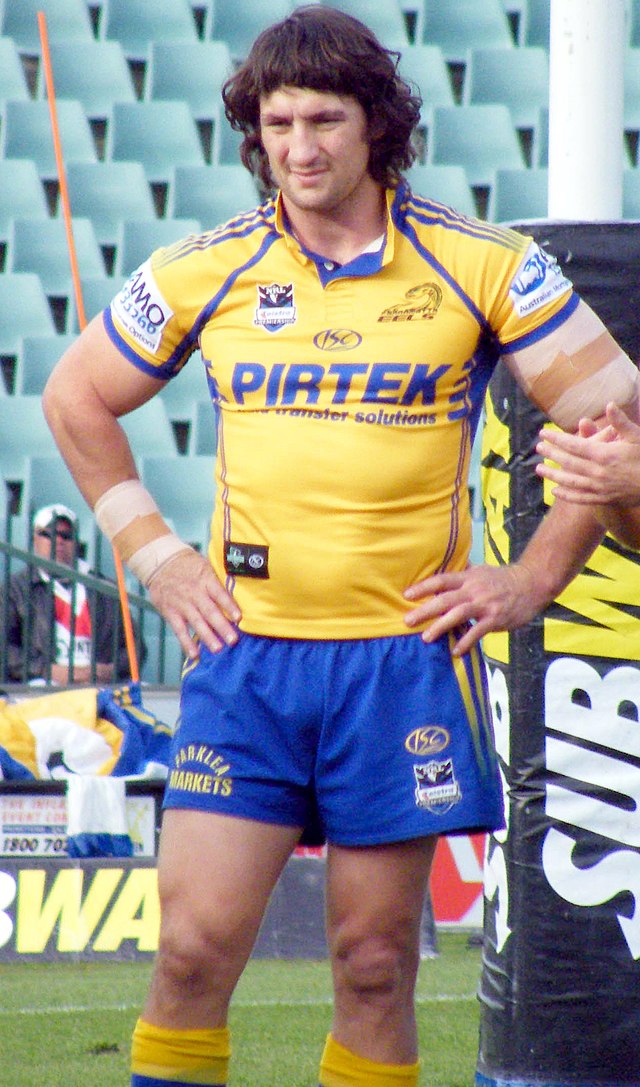
MLS more intense and competitive than others says Nathan Hindmarsh…

Nathan Hindmarsh, a former Australian rugby league player, recently made headlines with his assertion that Major League Soccer (MLS) is more intense and competitive than other leagues. This claim has sparked significant discussion about the level of competition in MLS compared to other football leagues globally, especially in Europe and South America. Hindmarsh’s perspective is particularly interesting given his background in rugby, a sport with its own intense competitions, and his evolving interest in soccer.
Hindmarsh’s statement likely refers to the rising standard of MLS in recent years. The league, which began in 1996, has significantly evolved in terms of both quality and competitiveness. Initially seen as a retirement destination for aging European stars, MLS has now become a proving ground for young talent and a competitive stage for both established players and rising stars from around the world. The presence of high-profile international players, like Zlatan Ibrahimović, Thierry Henry, and more recently Lionel Messi, has undeniably raised the profile of the league and brought it into closer comparison with Europe’s top competitions.
One of the factors Hindmarsh might be referring to is the increased financial investment in MLS. With new ownership groups, better broadcasting deals, and more investment in youth development and infrastructure, the league has experienced rapid growth. Teams like LAFC, Atlanta United, and New York City FC are now known for their ambitious approach to recruitment and their aggressive style of play. This competitive drive has pushed the overall level of play in the league upwards. There is a clear emphasis on building teams that can compete not only domestically but also on the international stage in tournaments like the CONCACAF Champions League.
However, to claim that MLS is more intense or competitive than leagues like the English Premier League, La Liga, Serie A, or the Bundesliga is a bold statement. These European leagues have historically been the standard-bearers for high-level soccer, featuring clubs with long histories of success and global recognition. The level of tactical sophistication, the speed of play, and the sheer consistency of the top clubs in Europe sets them apart in many ways. For example, teams like Manchester City, Barcelona, and Bayern Munich have set standards in global football that MLS, despite its growth, still strives to reach.
One area where Hindmarsh’s comment may hold merit, however, is in the unpredictable nature of MLS. Unlike the more predictable outcomes often seen in Europe’s top leagues, MLS features a salary cap system, which ensures that no single club can dominate for too long. This level of parity means that the competition can be more volatile, with teams like Portland Timbers, Sporting Kansas City, and Columbus Crew regularly challenging the traditional powerhouses. This unpredictability makes MLS more exciting and intense in the eyes of many fans, especially those who enjoy the drama and uncertainty that comes with a more even playing field.
Another factor contributing to MLS’s intensity is the increasing rivalry and passion among its fanbases. Cities like Seattle, Atlanta, and Los Angeles have witnessed the rise of passionate supporters who pack stadiums, creating an electric atmosphere that rivals any top European club. This fervent fan culture has translated to an increase in the league’s competitiveness, with teams understanding that they need to put on a show for their supporters.
In conclusion, while Nathan Hindmarsh’s statement about MLS being more intense and competitive than other leagues may be a stretch when compared to the top European leagues, it is undeniable that the level of competition in MLS has risen dramatically. The combination of financial growth, improved talent, and passionate fanbases has made the league a force to be reckoned with. Whether or not MLS is more intense than the world’s elite leagues is up for debate, but it is clear that the league’s growth and competitiveness are on an upward trajectory.





